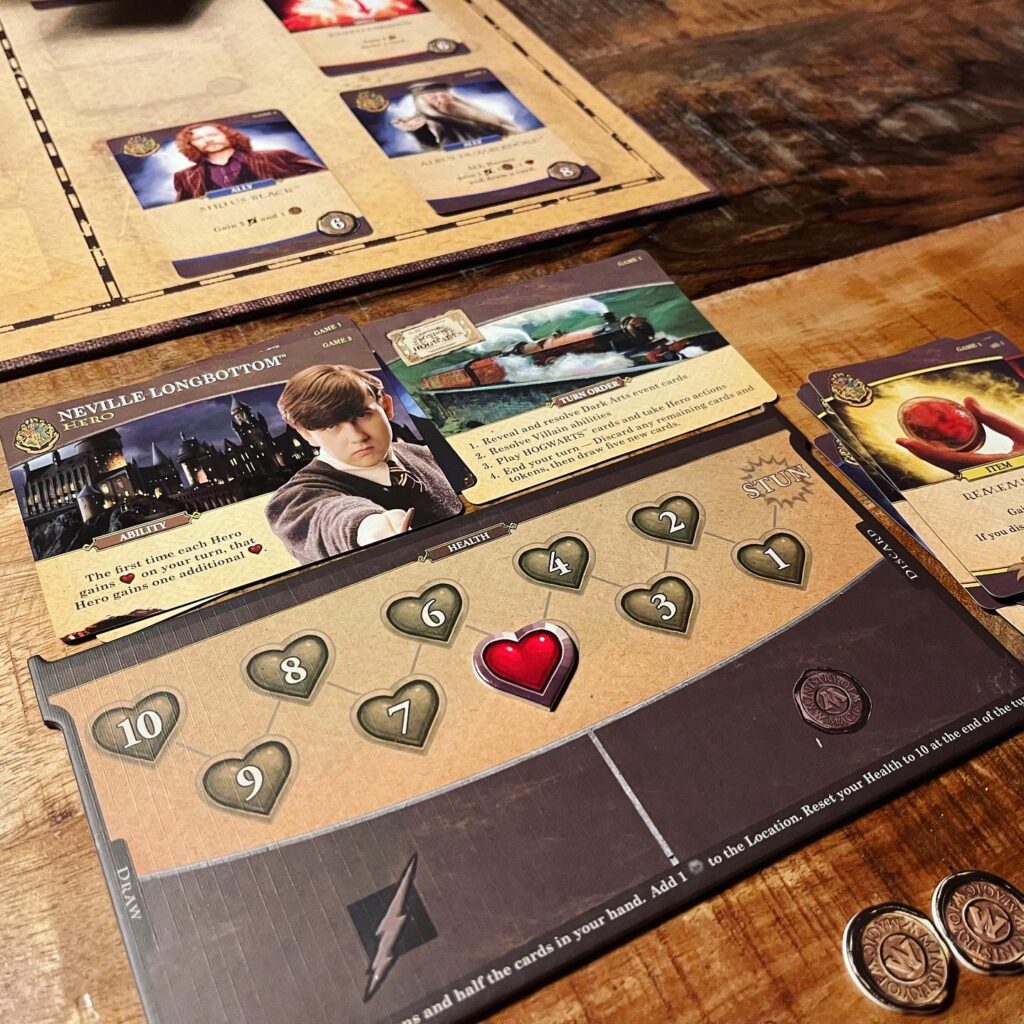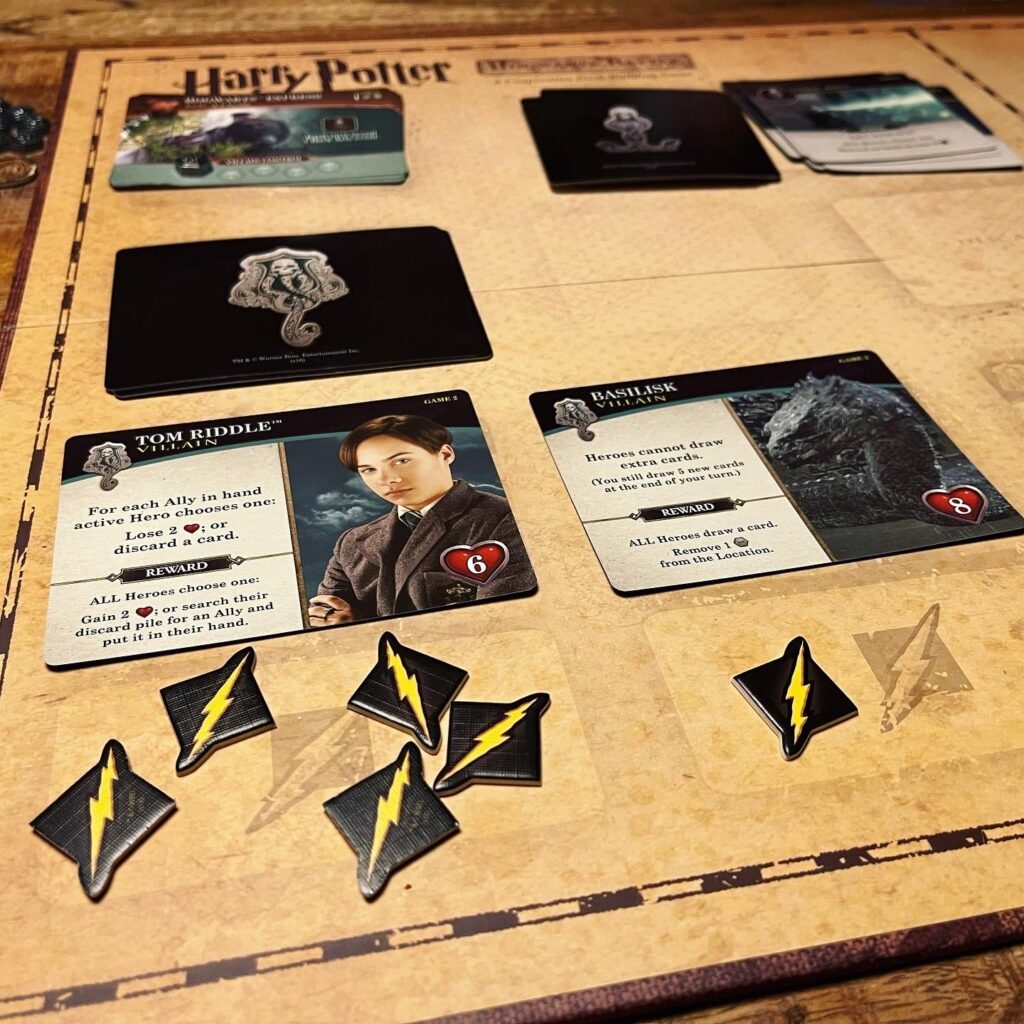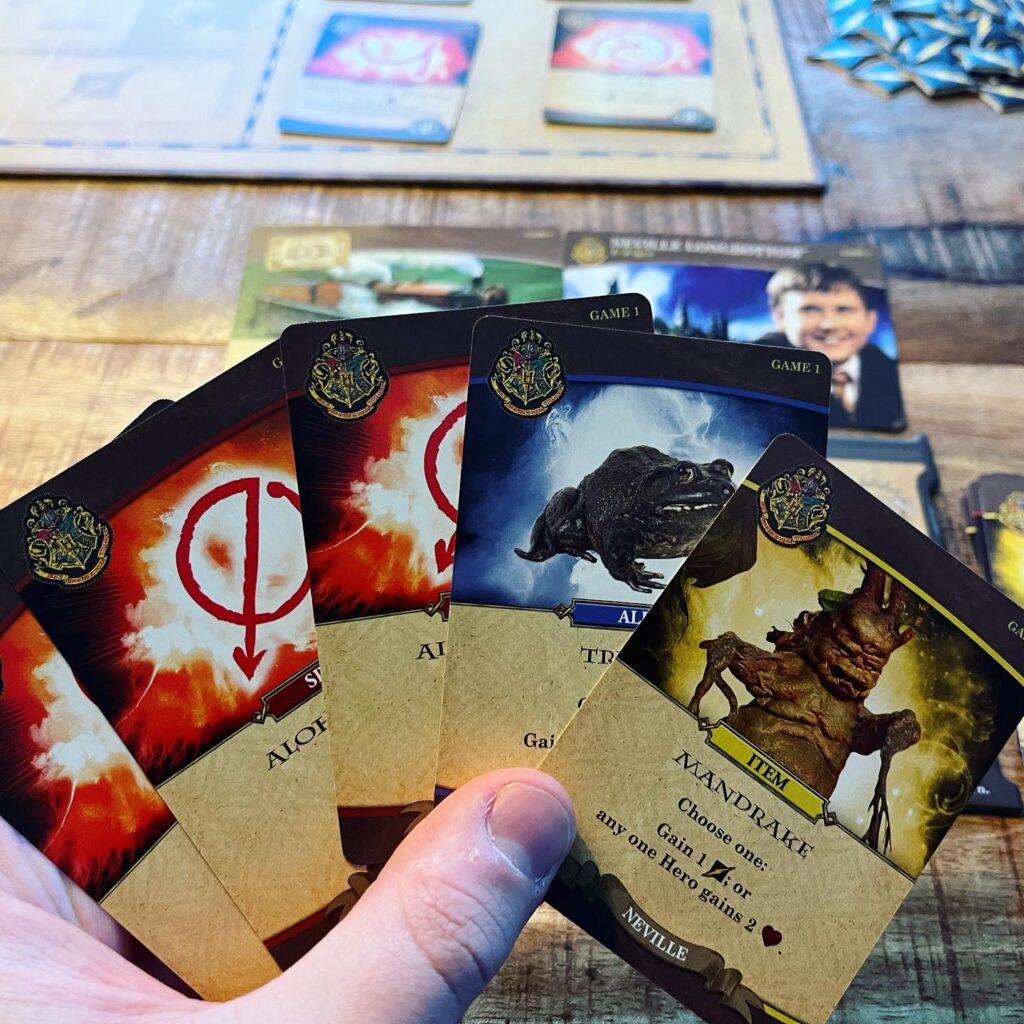When I say “Hogwarts”, you probably think of a magical school where sorcering students find their magical refuge to partake in a few lessons in magic arts instead of maths and where they experience grandiose adventures with their friends in Hogsmeade, during their lunch hour, instead of stocking up on energy drinks at the local supermarket. Are you still waiting for your acceptance letter from this renowned institute?
When I think of Hogwarts, I think of a dangerous school in a bad area. A place where students learn the most dangerous spells, curses and poisons to make each other’s lives miserable. Bullying has probably never been so bad. And when you finish school, you will find out that in the real world, math is a lot more useful than a spell that turns your wand into a light source. Not to mention the dangerous creatures and equally dangerous and racist wizard that must not be named. But the students of Hogwarts love their school and want to defend it against these kinds of evil at all costs. That’s exactly what you and your fellow players will do in Harry Potter: Hogwarts Battle. Let’s see how well you’ve been paying attention in your Defense Against The Dark Arts class!

Hogwarts Battle is a co-operative deckbuilder in which players try to stop the villains of the Harry Potter stories before they conquer various magical locations. Take on the role of one of the heroes (including the real ‘chosen one’ Neville Longbottom) and stop the evil – equipped with some spells, magical relics and your allies.
Hogwarts Battle consists of 7 different modules that players will play through. The different modules introduce new rules and game elements to the players in a playful manner. The basic principle is quite simple. Players each take a turn and follow the various steps during their turn. The player who takes his turn draws the required number of dark arts cards. These cards cause negative effects. For example, players lose life force or have to discard cards or even worse: the influence of bad guys on a location increases. Next, the possible effects of the revealed baddies are activated, and then the active player may perform his or her actions.

Each player has their own deck of cards from which their hand of cards is drawn. There are cards with, among other things, spells, objects and well-known allies (including the real sorcerer supreme Dumbledore). With their hand cards, players can collect coins (plenty of galleons and sickles in this magical war chest), heal themselves or others or collect magic to attack the bad guys.
Acquired gold from the Gringotts’ treasury and magic powers are placed in front of a player in their reserve. Coins can be used to buy new cards. The acquired cards are immediately discarded, unless an effect indicates otherwise. Magic can be fired at any bad guy of the player’s choice. As soon as there is as much magic as the villain has lives, this villain is defeated and players receive a reward and the curtains open for another Death Eater (or other evil) to introduce themselves.

Unused coins, magic powers and cards are discarded at the end of a turn. Players can also help other players. If other players receive coins of magic during the active player’s turn, they do not have to discard these tokens. If a player’s deck is empty, any discarded cards are reshuffled.
A game ends when the bad guys have conquered all locations or when the heroes have defeated all the bad guys.

Hogwarts Battle starts out as a very simple deckbuilder and with each module that is added will become more complex and challenging. Gradually, new rules are introduced. This makes the game extremely accessible for less experienced board gamers. The game(play( elements will feel less innovative for experienced deck building enthusiasts, but the cooperative character of the game and the unlocking of new game elements create a very replayable and entertaining game, where even the last few modules will offer sufficient challenge for even the most experienced players. It is expressly not a Legacy game and therefore the various modules can simply be combined and played again. A magical experience for Potter fans, which, as far as I am concerned, deserves at least five points for Gryffindor!





